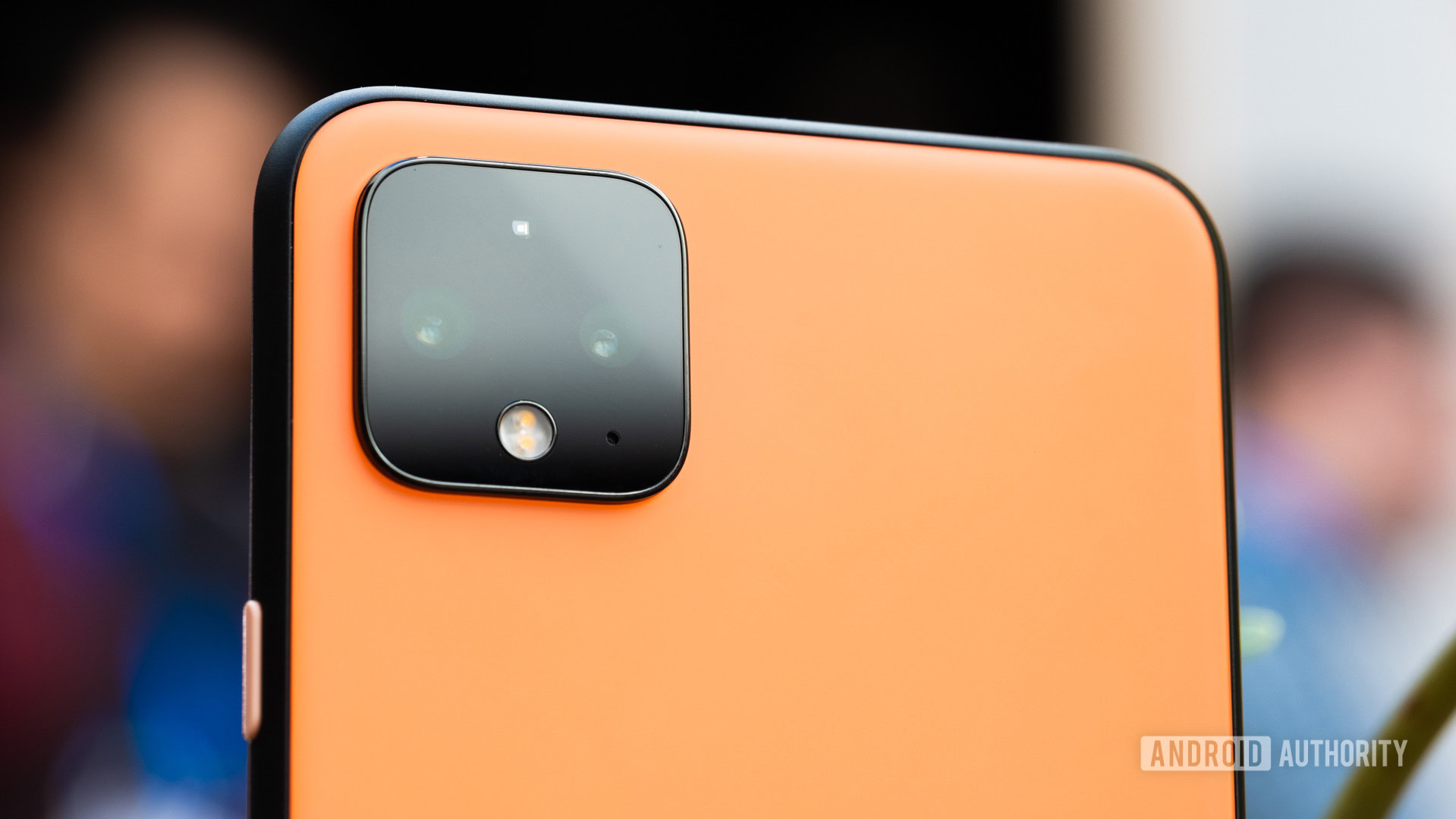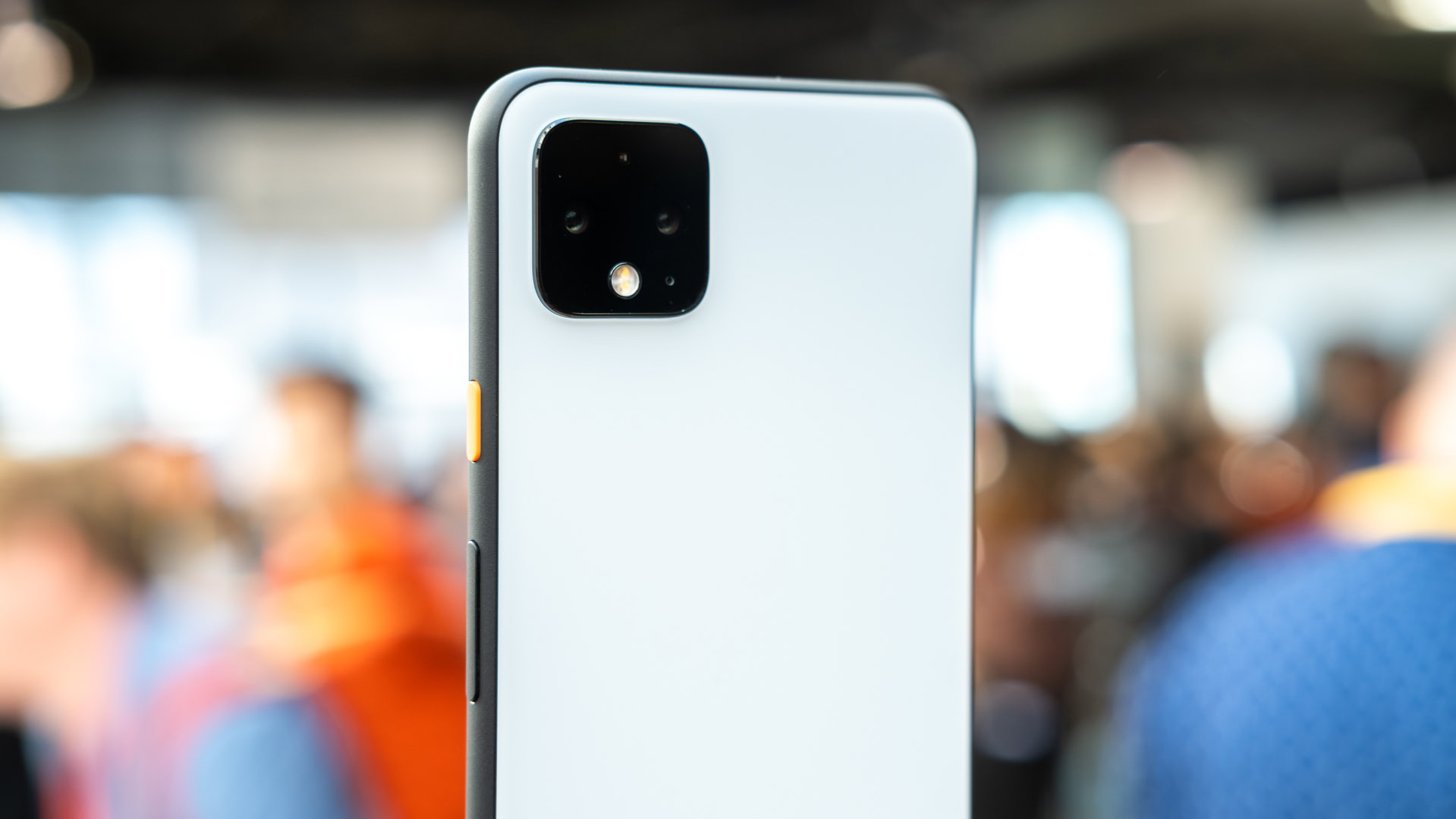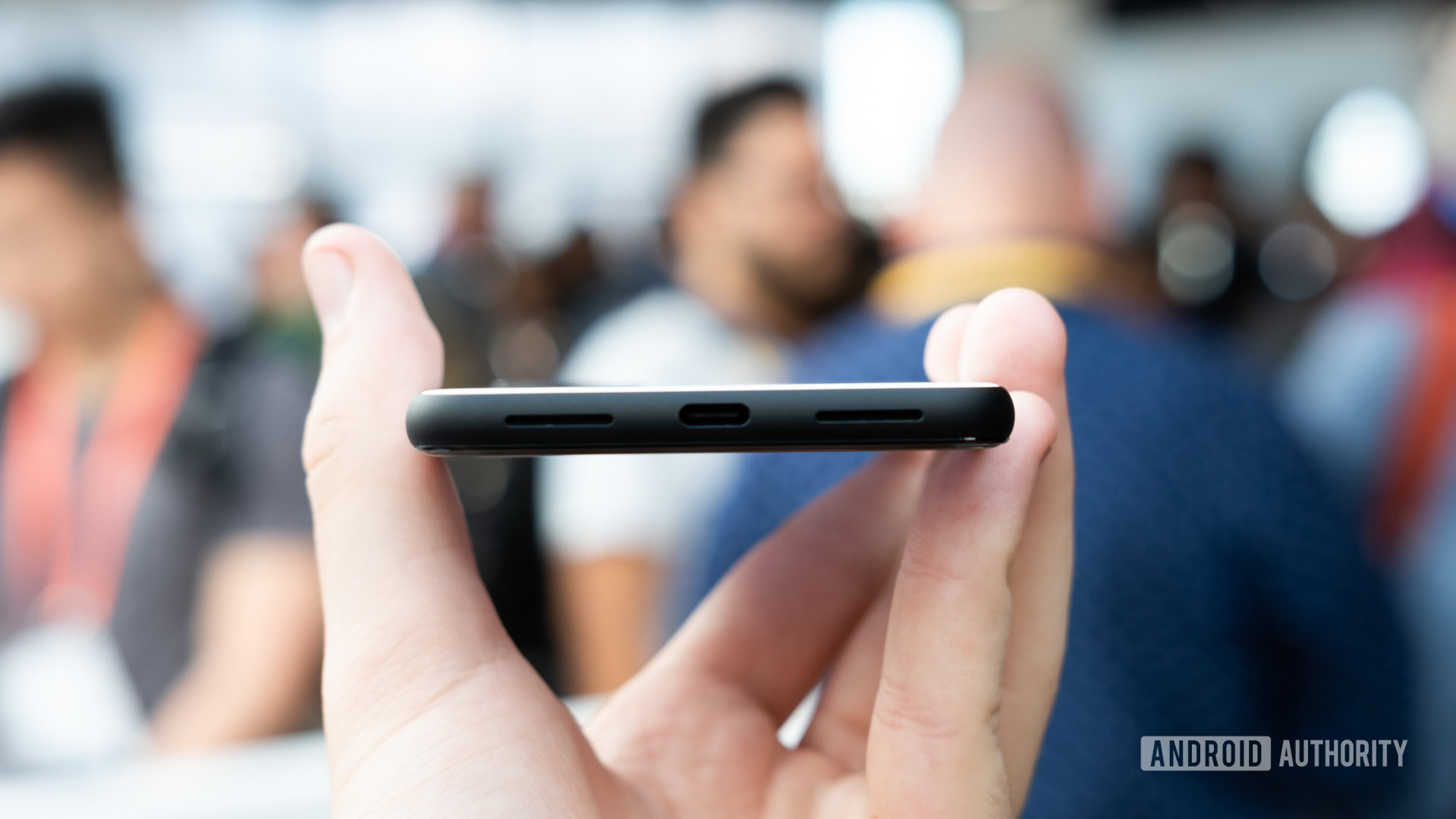Affiliate links on Android Authority may earn us a commission. Learn more.
Google Pixel 4 not for serious video creators. Here's why.
October 18, 2019

The Google Pixel 4 and Pixel 4 XL may have advanced cameras aided by computational photography, but Google stopped well short of making its flagship phones the best for video creators. The search giant left out several key upgrades in the Pixel 4’s video capabilities that kneecap its appeal to videographers. Let’s talk about each.
60fps
It’s a seemingly minor detail, but is perhaps the most vital. The standard for capturing video right now is 4K, or Ultra HD (3,840 x 2,160). This matches the native resolution of most televisions sold today. The resolution is only half the equation required for good-looking, high-resolution video. The second is a high frame rate, and the Pixel 4 series doesn’t go high enough.
Video shot in 1080p Full HD looks good at 30 frames per second (fps). There’s no motion blur and everything looks relatively sharp. The same is not true of 4K video shot at 30fps. The lower frame rate paired with the high resolution leads to lots of blur and a loss of detail. In other words, the video doesn’t look its best and can be obvious on TVs. Bumping the frame rate up to 60fps makes 4K video sharp and smooth.
This is the spec serious videographers look for: 4K at 60fps. The Pixel 4 and Pixel 4 XL are limited to 4K at 30fps.
What’s perhaps most frustrating is that Google’s competitors all moved to 4K at 60fps some time ago. The Samsung Galaxy Note 10 and Note 10 Plus, the OnePlus 7T and 7T Pro, the HUAWEI Mate 30 and 3o Pro, the LG V50 ThinQ, and, yes, the Apple iPhone 11, 11 Pro, and 11 Pro Max all offer 4K at 60fps. These are just a few of the phones capable of shooting the best spec.
Here’s the real crusher. The user-facing (selfie) camera of the Pixel 4 and Pixel 4 XL is limited to 1080p HD at 30fps. At least some of the Pixel’s Android competition allow for 4K recording from the selfie camera, even if at just 30fps. Sadly for Google, Apple set a new benchmark this year: the new iPhone 11 series can record 4K at 60fps from the selfie camera. Boom.
Given the propensity of YouTubers, Instagrammers, and other creators to shoot from the selfie camera, this is a serious blow to the Pixel’s credibility.
64GB

You know what takes up a lot of storage? High-resolution video. Here’s a simple breakdown of how much storage is needed (approximately) for one minute of video captured at the following resolutions and frame rates.
- 720p at 30fps — 60MB
- 1080p at 30fps — 130MB
- 1080p at 60fps — 175MB
- 4K at 30fps — 350MB
- 4K at 60fps — 700MB
Want to capture more than a single minute? A five-minute video of 4K video shot at 60fps can top 3GB.
This is all to say that the Google Pixel 4’s entry-level variant, with just 64GB of on-board storage, is pathetically inconvenient as a video capture device — even taking into consideration the slightly smaller amount of storage needed for 4K at 30fps.
The $100 128GB upgrade is absolutely necessary because the Pixel 4 doesn’t support microSD storage cards. This chintzy money grab from Google is doubly aggravating. The only other flagship that has just 64GB of storage is an Apple iPhone 11.
3.5mm

Much of the audio equipment used by creators still relies on the trusty 3.5mm headphone jack. Many mobile audio products — microphones in particular — plug into video capture devices and phones via the headphone jack, which provides a direct connection. The Google Pixel 4 series does not have a 3.5mm headphone jack.
Now, a USB-C-to-3.5mm adapter would do the trick, patching 3.5mm-dependent audio gear into the Pixel 4’s USB-C port — but Google didn’t include such an adapter in the box with the Pixel 4.
In other words, Google doubly screwed over creators serious about high-quality audio capture.
2,800mAh / 3,500mAh
I have serious concerns about battery life on the Google Pixel 4 and Pixel 4 XL. The 2,800mAh battery of the smaller Pixel 4 seems to be egregiously small, particularly for an $800 flagship. Google says the devices can handle a full day, but recording video chews through lots of power. I truly worry the Pixel 4 series won’t have the longevity for serious video recording sessions. It does charge rapidly, and charges rapidly wirelessly. Still. At the very least you’ll need to carry a portable battery with you.
Google Pixel 4 for video? Nope.
Based on these facts, it’s clear the Google Pixel 4 is not a suitable phone for serious content creators. Do you agree? Let us know!
Thank you for being part of our community. Read our Comment Policy before posting.